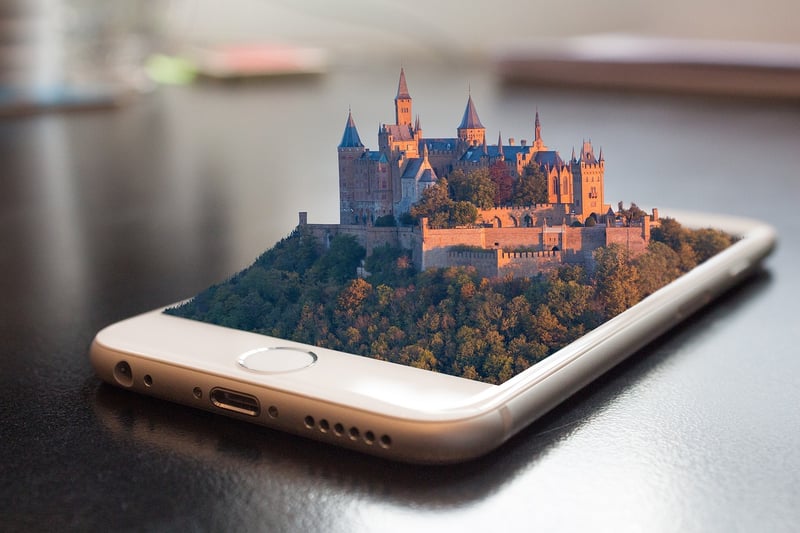Advanced Technology
The Future is Now: Tools for Time Travel and Advanced Technology
Time travel has always been a fascinating concept, capturing the imagination of scientists, writers, and dreamers alike. While the idea of physically traveling through time remains a topic of science fiction, advanced technology allows us to explore the past and future in new and exciting ways. Let's dive into the tools that bring us closer to the possibilities of time travel.
1. Telescopes
Telescopes are not just for stargazing; they also act as time machines by allowing us to peer into the past. The light from distant stars takes years to reach Earth, meaning that when we look through a telescope, we are seeing these stars as they were in the past. This ability to witness the history of the universe is a form of time travel in itself.
2. Particle Accelerators
Particle accelerators like the Large Hadron Collider (LHC) are at the forefront of scientific research, allowing us to recreate conditions that existed shortly after the Big Bang. By studying the behavior of particles at high energies, scientists can gain insights into the early moments of the universe, effectively taking us back in time to the moments following the creation of our cosmos.
3. Quantum Computers
Quantum computers are a leap forward in computing technology, harnessing the principles of quantum mechanics to perform calculations at speeds unimaginable with classical computers. These powerful machines have the potential to solve complex problems, simulate the behavior of molecules, and even explore alternate realities through quantum superposition, opening the door to new possibilities in understanding time and space.
4. Virtual Reality
Virtual reality (VR) technology allows us to immerse ourselves in digital environments that can simulate past events or envision future scenarios. By donning a VR headset, we can explore ancient civilizations, walk among dinosaurs, or travel to distant galaxies, all from the comfort of our own homes. VR brings us closer to experiencing different points in time in a way that feels remarkably real.
5. Space Telescopes
Space telescopes like the Hubble Space Telescope and the James Webb Space Telescope provide us with unparalleled views of the cosmos, capturing images of distant galaxies, nebulae, and stars. These telescopes observe light that has traveled across vast distances, giving us a glimpse into the early universe and the evolution of celestial bodies over billions of years.
6. Augmented Reality
Augmented reality (AR) blends the digital world with the physical world, overlaying computer-generated images onto our view of reality. AR applications can recreate historical events in real-world locations, show us how ancient ruins looked in their prime, or even visualize potential future developments in urban planning. By merging the past, present, and future in a single frame, AR offers a unique perspective on the passage of time.
While we may not have DeLorean time machines or TARDISes at our disposal, these advanced technologies bring us closer to the wonders of time travel, allowing us to explore the mysteries of the past and glimpse the possibilities of the future.





